
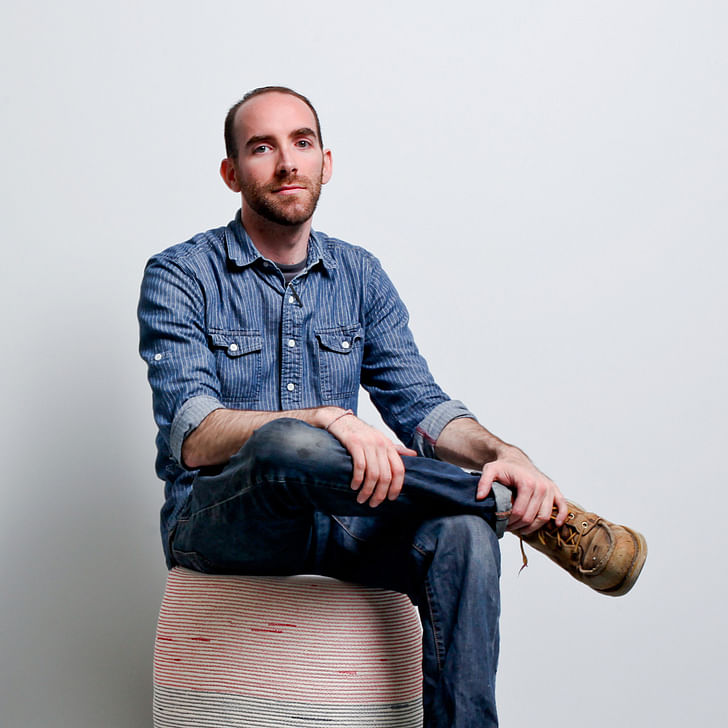
Working out of the Box is a series of features presenting architects who have applied their architecture backgrounds to alternative career paths.
In this installment, we're talking with Brooklyn-based designer & artist Doug Johnston.
Are you an architect working out of the box? Do you know of someone that has changed careers and has an interesting story to share? If you would like to suggest an (ex-)architect, please send us a message.
Archinect: Where did you study architecture?
Doug Johnston: Drury University in Springfield, Missouri - Bachelor of Architecture and Bachelor of Arts in Studio Art, class of 2002. Cranbrook Academy of Art in Bloomfield Hills, Michigan - Master of Architecture, class of 2007.
At what point in your life did you decide to pursue architecture?
There were several points, the first being when I was a little kid, maybe only 4 years old or so. I was in the car with my mother and I asked her how the houses get to be how they are (or something like that) and she told me an architect decides where the walls will go and what the house will look like. That blew my tiny mind and I told her that I wanted to be an architect when I grew up. That interest never really left, but for a while I thought i wanted to be a musician, then an artist, then maybe a mechanical engineer. Eventually I reconnected with my interest in architecture through getting excited about art, composition, and building.
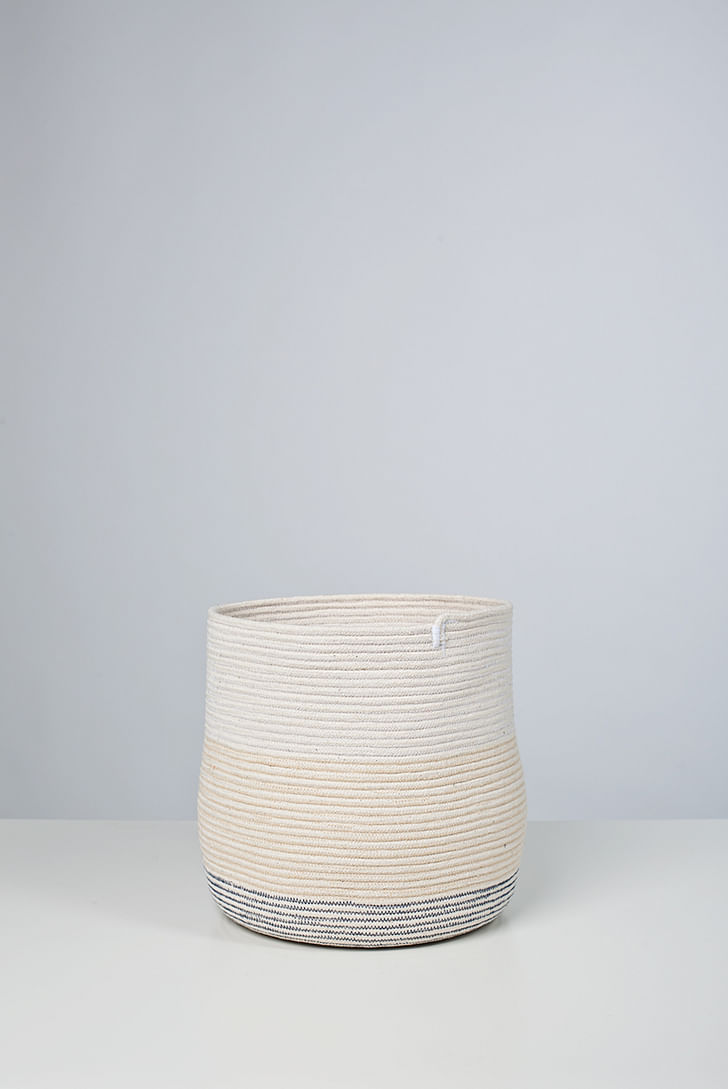

When did you decide to stop pursuing architecture? Why?
It was a gradual process over more than a decade, and really it's still happening. The more time that I spend outside of the profession, the less interest I have in working as an architect. In undergrad, I also studied fine arts and took a bit of time out of my architecture studies to do so. I connected with the processes and conversations in art, design and even music, which surprised me and allowed me to see that architecture wasn't the only thing that really excited me. Working in architecture offices in my hometown of Tulsa, Oklahoma and later in New York City, really helped me to realize that the conventional practice of architecture wasn't the route for me. I completed my IDP and had a great and varied experience working on some exciting projects, but mostly my years of internship let me understand my own relationship to architecture wasn't about being an architect on the typical path and that I had to find fulfillment by working on other things.
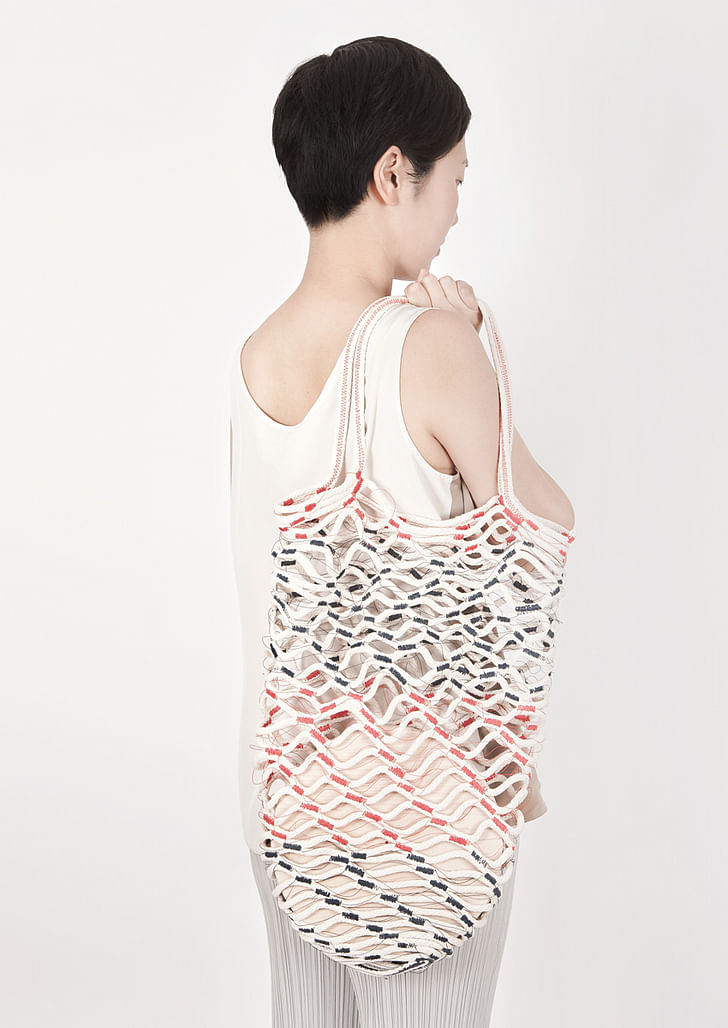

I chose to do my graduate studies at Cranbrook Academy of Art because the architecture department was a place where students could do architectural explorations on their own terms, and often engage in discussions of what alternative practices could be. We worked with materials and actual construction of our ideas, rather than just representations of them, which was the most exciting and rewarding part for me. I spent a summer in the Netherlands working at AVL because I loved their ability to work across conventional boundaries in a sustained and rigorous practice. I made an effort to learn about how they built up their studio and maintained it over the years. This included their amazing ability to break down a broad vision into many small works, and focusing on a somewhat limited range of processes in order to develop their own visual and material language. I also spent a few years working in an architectural metalworking shop, where we fabricated custom stairs, doors, furniture, etc. for some really exciting projects. I learned a lot about the construction industry and how to run a small fabrication business, but also that I didn't want to be a fabricator.
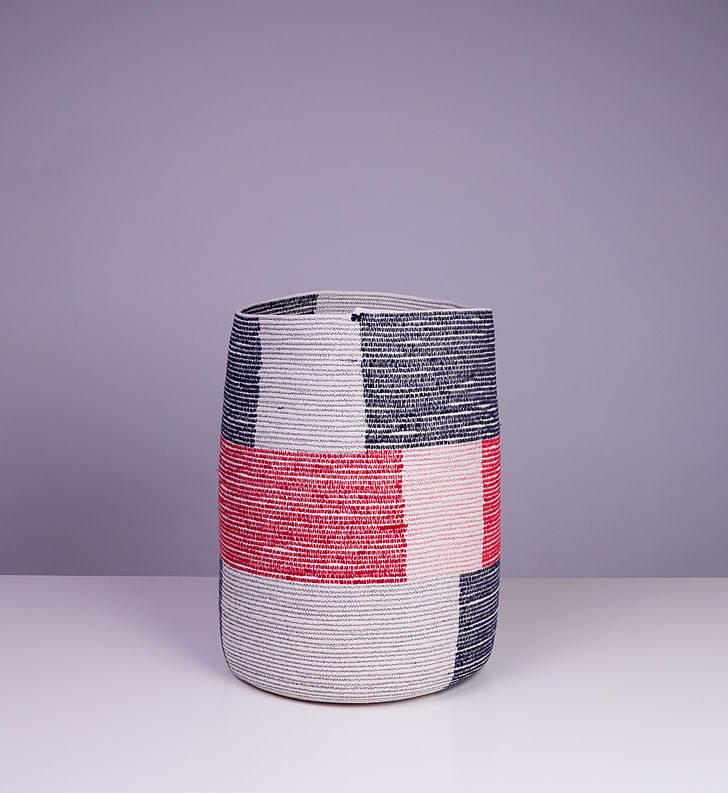

During all my years working for others, I also had my own creative projects going on - playing music, making art/design objects, photography, learning how to sew, knit, build and other things that sort of appeared as hobbies, but in my mind they were more like further studies into some sort of customized creative practice that I dreamed of pursuing someday. In 2011, I launched a little shop on my website to present and sell some of the stitched rope pieces I had been making in my studio. The business quickly gained a lot of attention and within five months, it became my full-time occupation. I found that I loved every aspect of it, even though it was more time and energy-consuming than architecture ever had been. As I continue to develop the business and my studio practice, I'm finding that it has the ability to encompass my interests, ideas and skills in a way that I hadn't found in conventional architectural practices. I have been really happy to be working outside of architecture for the past several years.

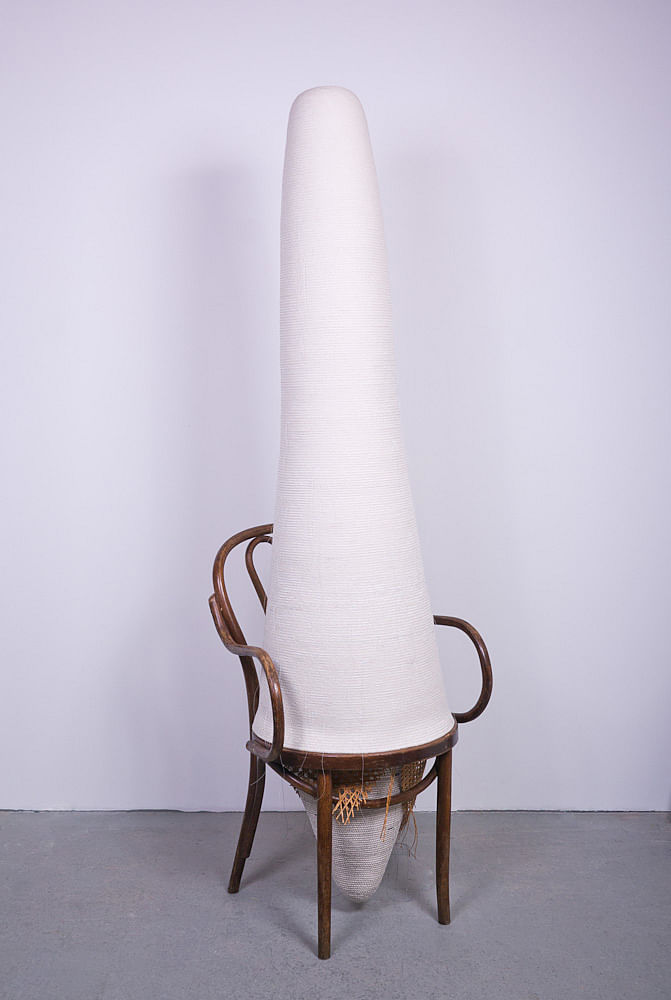
Describe your current profession.
Currently I create objects by stitching rope together. The objects so far have included baskets, bags, sculptural objects and vessels, wearable pieces and masks, furniture pieces, lighting, and tapestries. Everything is made in my studio in Brooklyn, NY and the pieces are sold in over 40 boutiques and galleries in the US and abroad. I do create things with other materials and processes and eventually those will be brought into the fold.
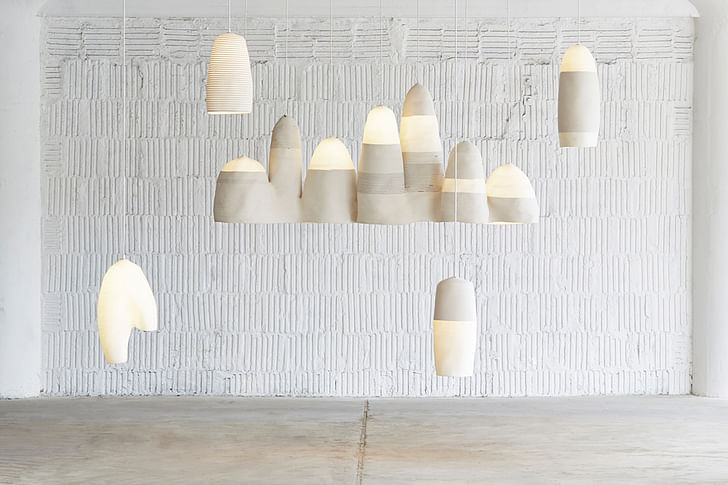
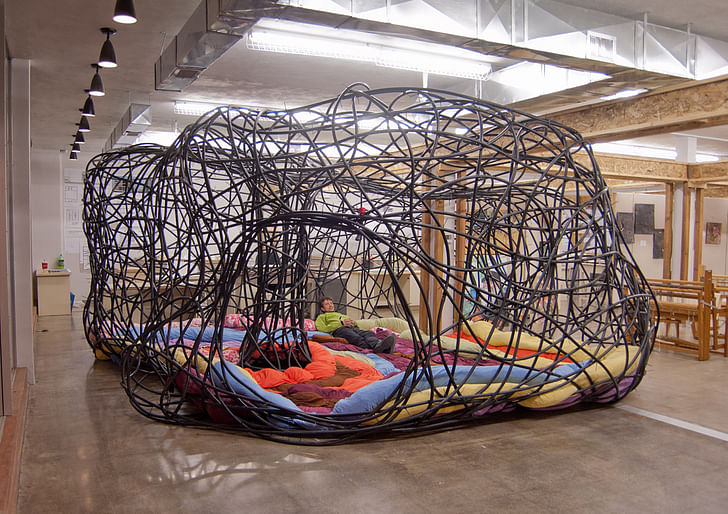
What skills did you gain from architecture school, or working in the architecture industry, that have contributed to your success in your current career?
There are the obvious skills - design/compositional thinking, spatial thinking, learning from history and precedents, etc that one learns in architecture school that I apply when working on the actual pieces. At Cranbrook and in the Metal fabrication shop, I learned a lot about materials and construction - how to put things together efficiently and with appropriate tools. Beyond that, I learned a lot about how to run a business involved with making things, which is not really taught in school but something that needs to be picked up in working. I guess sometime early on, I realized that my design work wouldn't be limited to buildings or objects, but would extend to the "design" or planning of a functioning business and studio practice. This guided my choice to work in smaller offices so that I could have more exposure to the nuts and bolts of generating income managing workflow and cashflow, etc. Architecture is really interesting in this way because you are working in a creative field that requires a high level of organization and coordination to break a large idea/project down into many small tasks, communications, deadlines, etc. And all that work has to be assigned a value so that you can pay the bills and feed yourself. I tend to run my business as a hybrid between a fabrication, architecture, and art studio in terms of how we actually make money, and it seems to be working so far. Being able to apply design thinking to the business structure itself has been really exciting and helpful.


Do you have an interest in returning to architecture?
My excitement for architecture and its history hasn't lessened, and architectural/spatial thinking still filters everything I do. At some point, I'm sure I will design and construct some actual buildings again, but I'm not in a rush to do so and I feel that this time focusing on other areas of art and design will allow me to re-engage architecture with fresh eyes and an open mind. I hope to work on architectural projects because they are personally significant rather than being needed for income or survival. Of course this is very idealistic, but it's what I'm aiming for.
Doug Johnston's website: dougjohnston.net
9 Comments
Congrats Doug! And much ongoing success. I love the baskets so much.
I hate that Target blatantly ripped them off.
Really beautiful stuff. It makes me think it would be incredibly useful to have architecture students actually build things besides models during school. If only to get a tactile understanding of what their drawings might be and what goes into realizing them.
bravo many times over. have been diggin the rope work since seeing the early stuff via flickr. looking forward to seeing where this takes you.
Great interview - I love this whole series.
Thanks so much! And Thanks Paul/Archinect for including me in this great series.
Great to see someone this talented take a step off the ledge. He's a very creative man and shows how architectural training can be used elsewhere in the arts world.
Kudos Doug - the work is looking better and better - I love it in clusters
Yeayyy... Awesome! Keep on truckin'
>>>SINGER-sculptures!
Block this user
Are you sure you want to block this user and hide all related comments throughout the site?
Archinect
This is your first comment on Archinect. Your comment will be visible once approved.